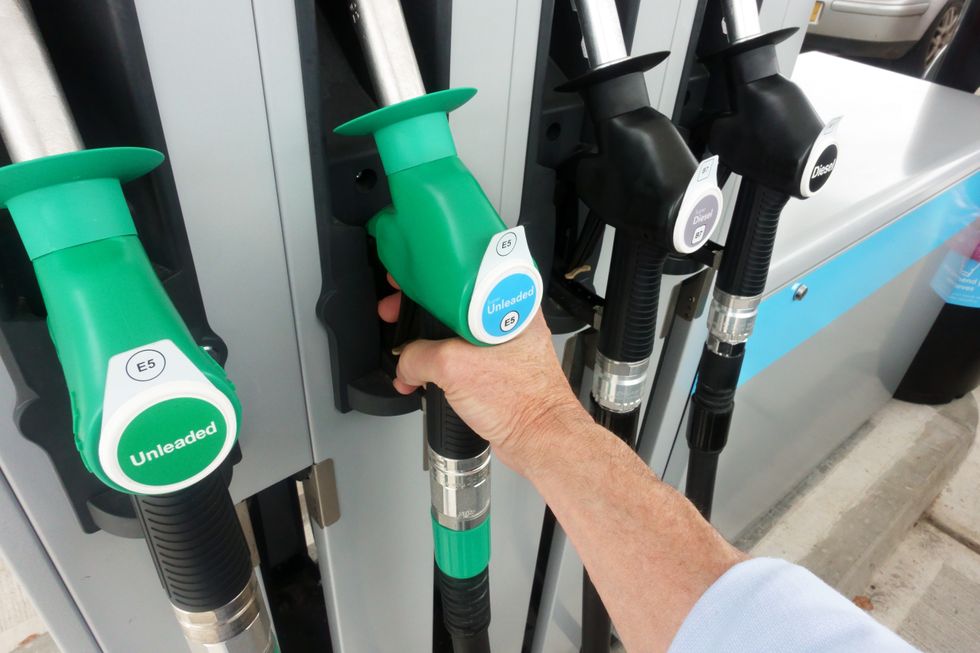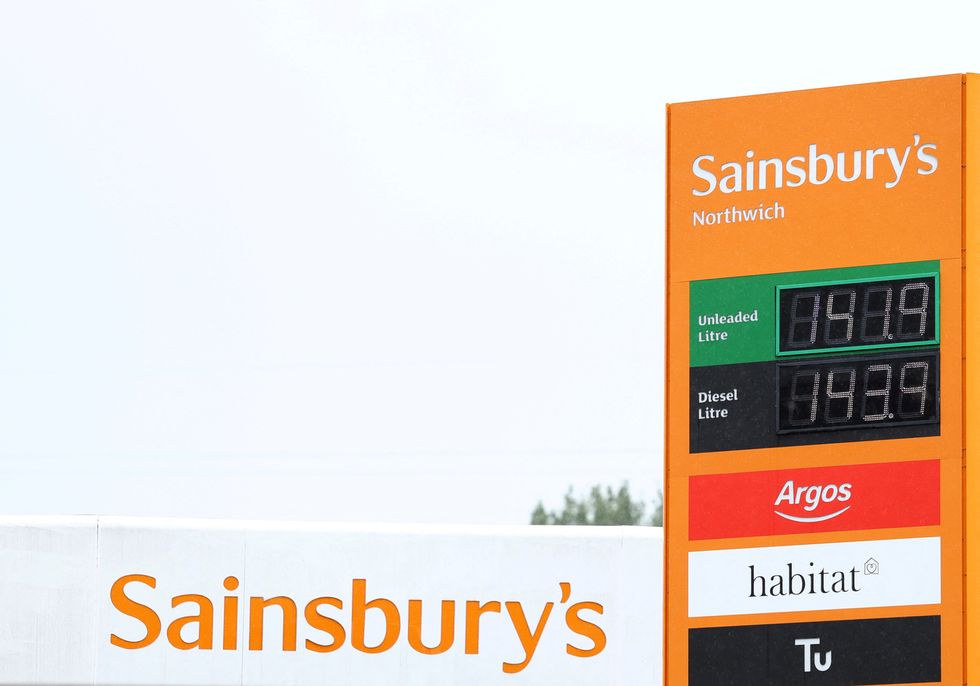Hemma Visavadia
Guest Reporter
Petrol and diesel drivers have been warned of increases in fuel prices for the third month in a row with fill-up costs now shockingly high.
According to new data from RAC Fuel Watch, petrol prices edged up by 0.36p to reach an average of 136.9p per litre across the UK.
Diesel saw a slightly larger increase of 0.67p, bringing the average price to 142.9p per litre. The latest rise continues an upward trend that began in October, when petrol stood at 135p and diesel at 139.5p per litre.
Despite these increases, current prices remain significantly below their peak levels seen in 2024.
Do you have a story you'd like to share? Get in touch by emailing [email protected]

Petrol prices are now 14p lower than the year's high of 150.6p recorded at the end of April 2024. This translates to a significant saving of £7.70 when filling up a 55-litre family car tank.
Unleaded has maintained relatively stable prices since late November, hovering just above 136p per litre. The fuel reached its lowest point of 134.3p in early October, after falling below 140p in early September.
Currently, filling an average family car with petrol costs just over £75.30, reflecting the more moderate prices compared to last year.
But petrol peaked at 158.7p per litre at the end of April, meaning drivers are now paying 16p less per litre. This reduction represents a saving of £8.80 for a complete tank fill-up.
The current cost of filling an average family car with diesel stands at £78.60. The price movements for diesel have been more volatile compared to petrol, with several price fluctuations since dropping below 145p in early September.
Motorists buying fuel at supermarket forecourts are enjoying lower prices, paying an average of 134p for unleaded and 139.5p for diesel. This represents a 3p saving compared to the UK average, equating to £1.65 less per tank.
Prices at the pump remained largely stable in December, influenced by oil trading between $72 (£57.6) and $75 (£60) a barrel.
The pound-to-dollar exchange rate, which stayed around $1.26 (£1.01), also played a crucial role in maintaining stable prices.
The exchange rate is particularly significant for UK drivers, as both fuel and oil are traded in dollars across the country's 8,300 forecourts.
The stability of these factors has helped maintain consistent prices at forecourts throughout December.
RAC head of policy Simon Williams said: "Even though fuel prices have crept up slightly over the last three months, 2024 was a better year at the pumps, with prices coming down by 14p for petrol and 16p for diesel from the high points seen at the end of April.”
"Looking back, it’s quite clear that 2024 was a year of two halves for fuel, with the second proving far better as the lower cost of oil translated to cheaper prices on the forecourt.
LATEST DEVELOPMENTS:

“Unfortunately, RAC Fuel Watch data shows average retailer margins are still well above the long-term figures.
"This is something the Competition and Markets Authority acknowledged in its November interim report, adding that it remains concerned about the lack of competition between retailers."
But Williams added that the Government has committed to introducing a mandatory fuel price reporting scheme this year, which could lead to greater competition and fairer prices across the country’s forecourts.
Find Out More...
According to new data from RAC Fuel Watch, petrol prices edged up by 0.36p to reach an average of 136.9p per litre across the UK.
Diesel saw a slightly larger increase of 0.67p, bringing the average price to 142.9p per litre. The latest rise continues an upward trend that began in October, when petrol stood at 135p and diesel at 139.5p per litre.
Despite these increases, current prices remain significantly below their peak levels seen in 2024.
Do you have a story you'd like to share? Get in touch by emailing [email protected]

Petrol prices are now 14p lower than the year's high of 150.6p recorded at the end of April 2024. This translates to a significant saving of £7.70 when filling up a 55-litre family car tank.
Unleaded has maintained relatively stable prices since late November, hovering just above 136p per litre. The fuel reached its lowest point of 134.3p in early October, after falling below 140p in early September.
Currently, filling an average family car with petrol costs just over £75.30, reflecting the more moderate prices compared to last year.
But petrol peaked at 158.7p per litre at the end of April, meaning drivers are now paying 16p less per litre. This reduction represents a saving of £8.80 for a complete tank fill-up.
The current cost of filling an average family car with diesel stands at £78.60. The price movements for diesel have been more volatile compared to petrol, with several price fluctuations since dropping below 145p in early September.
Motorists buying fuel at supermarket forecourts are enjoying lower prices, paying an average of 134p for unleaded and 139.5p for diesel. This represents a 3p saving compared to the UK average, equating to £1.65 less per tank.
Prices at the pump remained largely stable in December, influenced by oil trading between $72 (£57.6) and $75 (£60) a barrel.
The pound-to-dollar exchange rate, which stayed around $1.26 (£1.01), also played a crucial role in maintaining stable prices.
The exchange rate is particularly significant for UK drivers, as both fuel and oil are traded in dollars across the country's 8,300 forecourts.
The stability of these factors has helped maintain consistent prices at forecourts throughout December.
RAC head of policy Simon Williams said: "Even though fuel prices have crept up slightly over the last three months, 2024 was a better year at the pumps, with prices coming down by 14p for petrol and 16p for diesel from the high points seen at the end of April.”
"Looking back, it’s quite clear that 2024 was a year of two halves for fuel, with the second proving far better as the lower cost of oil translated to cheaper prices on the forecourt.
LATEST DEVELOPMENTS:
- Labour 'confident' electric cars is the 'swift conclusion' to end petrol and diesel sales amid push toward net zero
- Driving law changes you missed in 2024 - Petrol and diesel drivers face daily costs, car tax hikes and more
- Driving law changes you may have missed in December - HMRC updates, new car insurance rules and more

“Unfortunately, RAC Fuel Watch data shows average retailer margins are still well above the long-term figures.
"This is something the Competition and Markets Authority acknowledged in its November interim report, adding that it remains concerned about the lack of competition between retailers."
But Williams added that the Government has committed to introducing a mandatory fuel price reporting scheme this year, which could lead to greater competition and fairer prices across the country’s forecourts.
Find Out More...
